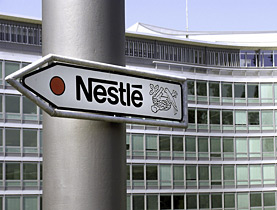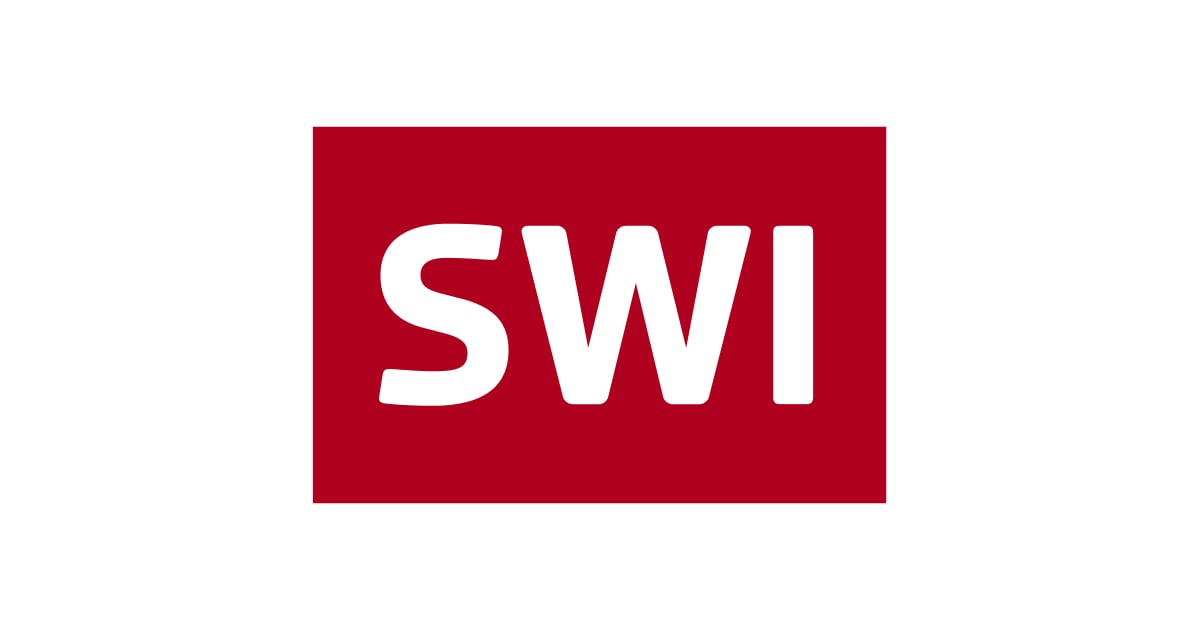Nestlé bets on premium chocolate

Swiss food multinational Nestlé is aiming to sweeten its future sales by establishing a research centre in Switzerland devoted to premium and luxury chocolate.
High-quality chocolate is currently enjoying a worldwide boom, with the market growing by eight per cent a year, and Nestlé intends to increase its share by developing recipes and products in the new centre.
The company’s Chocolate Centre of Excellence is to be located inside the company’s Cailler factory at Broc in canton Fribourg and will open in about a year’s time.
“What we wanted to do was to focus the creativity and the science of making beautiful chocolate,” the head of Nestlé’s chocolate strategic business unit, Petraea Heynike, told swissinfo.
“Where better than in the heart… of Switzerland, in Broc, with Gruyère milk being delivered to the factory every day?”
About 30 chocolate experts will work in the new centre, which will cost SFr20 million ($19.5 million).
“What we will do is concentrate all our experts… those involved with raw materials, we will have the best confectioners in the world, and product and packaging specialists,” Klaus Zimmermann, head of Nestlé’s Research and Development, and Product Technology Centre told swissinfo.
“They will all form a team with one objective – the development of super premium chocolate.”
Trump card
One trump card up Nestlé’s sleeve is its strategic partnership with Brussels-based luxury chocolate maker Pierre Marcolini, announced last December.
“He will be coming to the centre several times a year to inspire our chcolatiers to even further magic,” Heynike said.
Nestlé says the centre is a further sign that is sees the luxury and premium products as one of its key strategic areas with above-average growth and profit potential over the coming years.
The key chocolate trend is “premiumisation” – a shift towards smaller, better quality, indulgent treats.
But why have an increasing number of people turning to luxury and dark chcolates in recent years?
Wonderful feeling
For Heynike chocolate at the top end of the market has something magical about it.
“If you’ve ever had a beautiful piece of chocolate at the end of a hard day, you just feel wonderful when you eat it.”
She explained that people in the West are appreciating the finer things in life and also have more disposable income.
“Probably there’s also an awareness that one shouldn’t be eating a big, heavy bar of something and instead you can take a small piece of something that is quite delicious; you really treat yourself and don’t feel guilty.”
Heynike said that the attraction to dark chocolate had come about because people were learning to appreciate the taste of cocoa and understand the different types of beans.
“You really can appreciate that far more in dark chocolate than you can when it is in a milk chocolate form,” she added.
Health considerations
She also pointed out that there were health condiderations too, with higher antioxydant values in dark chocolate than in milk chocolate – all benefit the body in preventing diseases.
The new centre in Broc may help take the bitter taste of a failed attempt to rejuvenate the Cailler brand in 2006 with packaging created by French architect and designer Jean Nouvel.
Sales plummeted after customers realised the packaging was made out of environment-unfriendly plastic.
Since its withdrawal from the market, Cailler sales have recovered and Nestlé Switzerland hopes they will recover their earlier market share by the end of this year or the beginning of next.
swissinfo, Robert Brookes in Broc
In 2007, Swiss chocolate industry sales rose 7.7% to 181,266 tonnes in terms of volume, with a 9% increase in value terms to SFr1.662 billion.
Exports represent 60.5% of total production.
The biggest export markets are Germany (18.7%), Britain (13.7%) France (9.6%) and the United States (7.9%).
Switzerland is said to be home to the world’s biggest consumers of chocolate with 12.3 kg per capita. It is followed by Germany (11.1 kg), Belgium (11 kg), Britain (10.2 kg) and Austria (9.4 kg). But these figures also take into account sales to tourists.
The proportion of chocolate products imported into Switzerland has risen to 30.5%.
The Swiss chocolate industry employs 5,464 people in 18 different companies.
In 2006, global chcolate sales were valued at SFr90 billion. Mainstream products accounted for 62% of the market, with premium products making up 16% and luxury products 4%.
The Broc factory was opened in 1898 by Alexandre-Louis Cailler, grandson of François-Louis Cailler, who founded the eponymous brand in 1819.
It has been constantly modernised, with almost SFr100 million having been invested in the past ten years. Today, it has a staff of 365.
Exports accounted for more than 60% of total production in 2007.
Last year saw a record level of production with 18,237 tonnes of chocolate, 1,000 more than in 2006.
Apart from Cailler, which is destined mainly for the Swiss market, Broc produces the Nestlé (global), Heaven (Britain), Lanvin (France), and Nestle Gold (South Africa and Canada) brands.
More than 95,000 visitors toured the factory last year.

In compliance with the JTI standards
More: SWI swissinfo.ch certified by the Journalism Trust Initiative












You can find an overview of ongoing debates with our journalists here . Please join us!
If you want to start a conversation about a topic raised in this article or want to report factual errors, email us at english@swissinfo.ch.